How many ways to get clean drinking water do you know? These methods will help you hydrate when clean drinking water is not readily available.
RELATED: Emergency Water Part 4: Resources
Different Ways to Get Clean Drinking Water
1. Rainwater
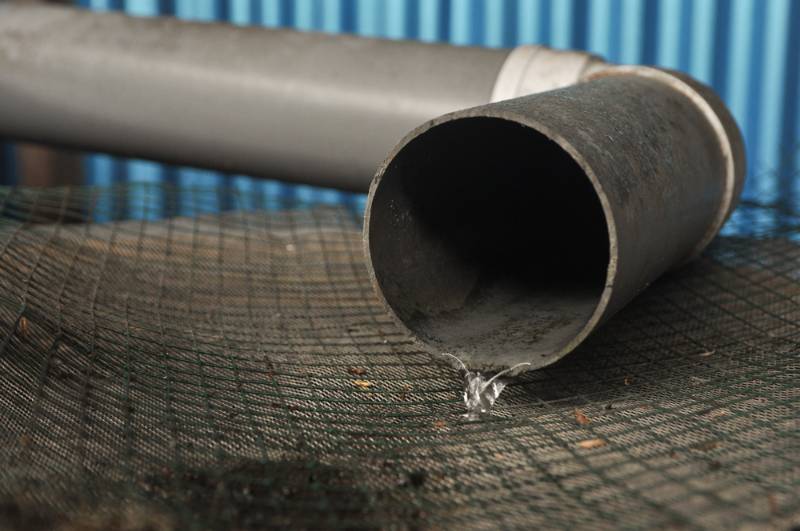
This can be the most basic substitute next to having a direct source of potable water. You can collect them in rain barrels attached to the downspouts from your roof.
The need for straining, filtering, and purifying is still required prior to consumption.
2. Toilet Bowl
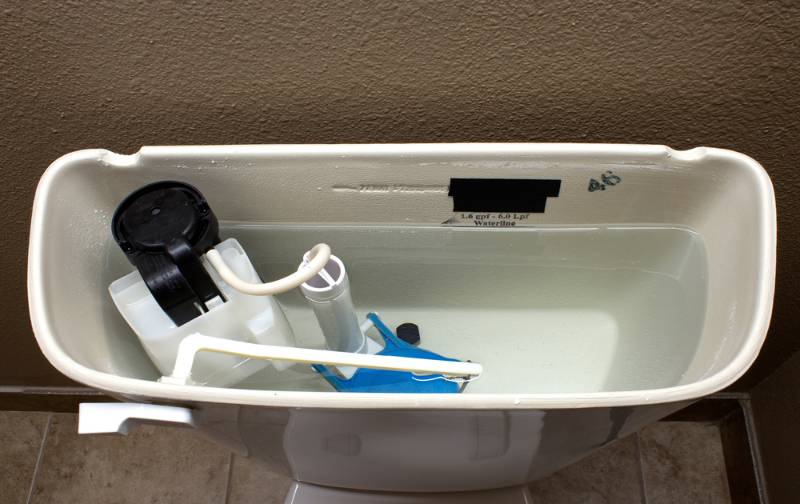
The tank of your toilet has a removable lid. More often than not it can be a good source of drinkable water.
Since it comes directly from your tap then it may be safe to drink. However, that would depend on the age of your toilet.
3. Water Heater Tanks
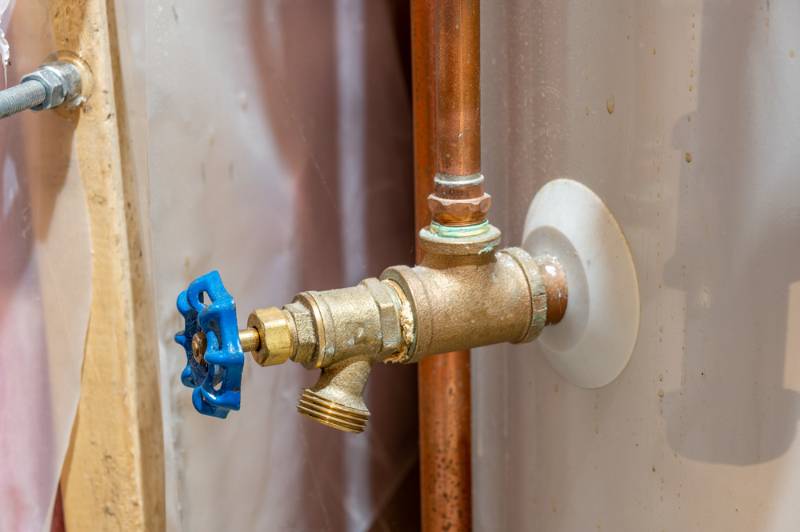
You don’t have to boil water taken from these tanks as it has already done that for you. Just make sure you turn off the gas or electricity before unplugging the drain at the bottom of the tank.
4. The SODIS Way
SODIS or solar ultraviolet water disinfection utilizes solar energy (UV-radiation) to purify water to get rid of diarrhea-causing pathogens and other harmful microorganisms.
All you need is a clear water bottle or a plastic water bag, sunlight, and a short waiting time.
5. How to Purify Water by Boiling
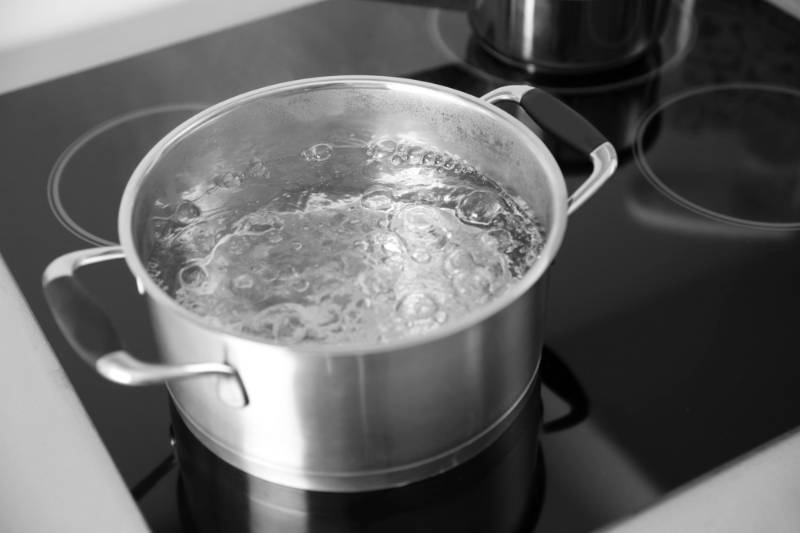
Boiling tap water for drinking is one of the oldest types of water purification.
First, pour the water through a coffee filter or a piece of cloth to get rid of visible debris and dirt.
Next, heat up the water until it starts to boil. If you have a thermometer, it is best that the water temperature reaches a boiling point of 212° F or 100° C to kill all pathogens.
6. Soil/Sand Filter
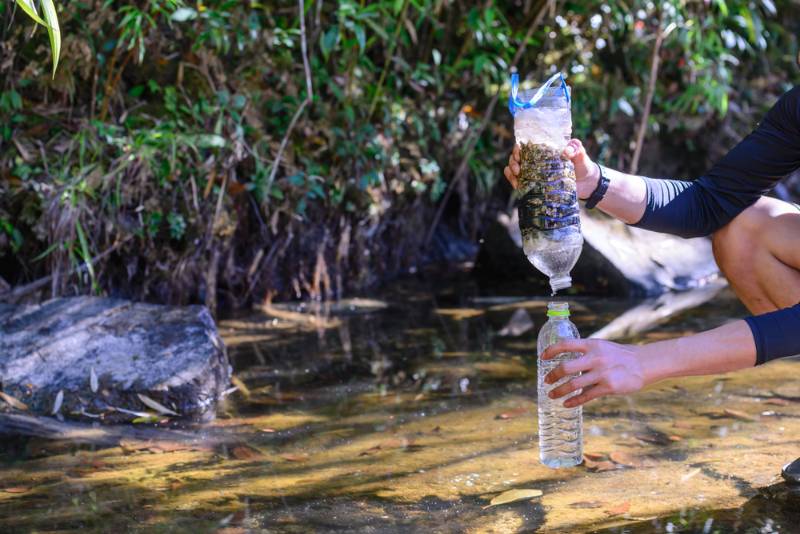
Without the latest water filter technology, one has to go back to the basics.
Using a clean empty container, place a shirt or piece of cloth over it then fill it with sand or soil. It will act as your filter where you would pour in the water.
Other than removing sediments and particles, there is no assurance of the presence of bacteria.
7. Use a Solar Still
Dig a 3-feet deep hole into the ground and use a wide plastic container to make a solar still.
It may take some time but if you really don’t have any other option, then waiting for your drink can be far off better than ingesting potentially harmful water.
8. Evaporation Distillation Method
You can turn saltwater into drinking water through different methods. It may require some scientific knowledge and some complex tools to pull this off.
However, it may be worth the wait if you’re located near the beach and it is the best water option you have.
9. Filtrating Through Moss
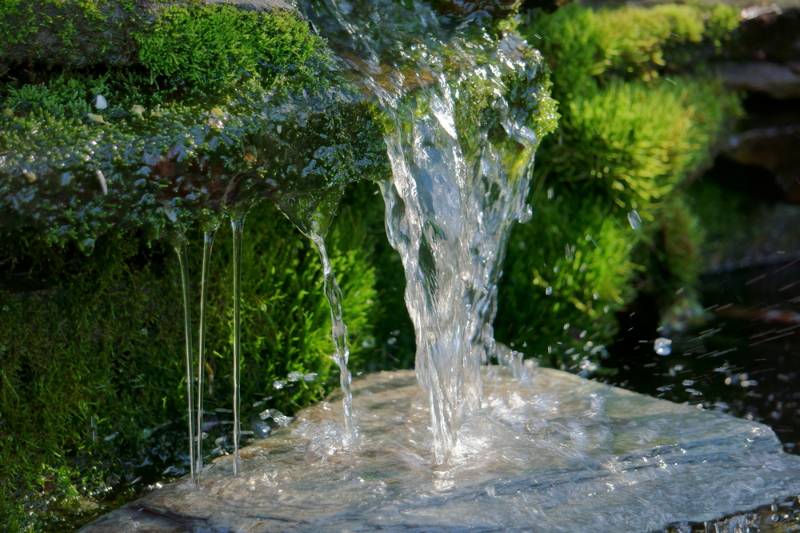
Moss absorbs moisture and can provide enough water to hydrate you.
The web-like structure of moss also helps sift visible dirt and debris. But this doesn’t ensure the water you take out of moss is 100% purified.
10. Bamboo Charcoal Water Filter
A small tube-like piece of material like bamboo can be used as your base. Fill it with moss, charcoal, then moss again to serve as a water filter.
11. A DIY Water Filter
With the use of ordinary day-to-day items such as a water gallon or a bucket, you’ll be able to purify water to make it drinkable.
12. Purify a la Pool Shock
Also known as Calcium Hypochlorite can be a substitute for bleach in purifying water.
It has a very long shelf life, occupies very little space for storage, and is easy to find.
13. Fire It up System
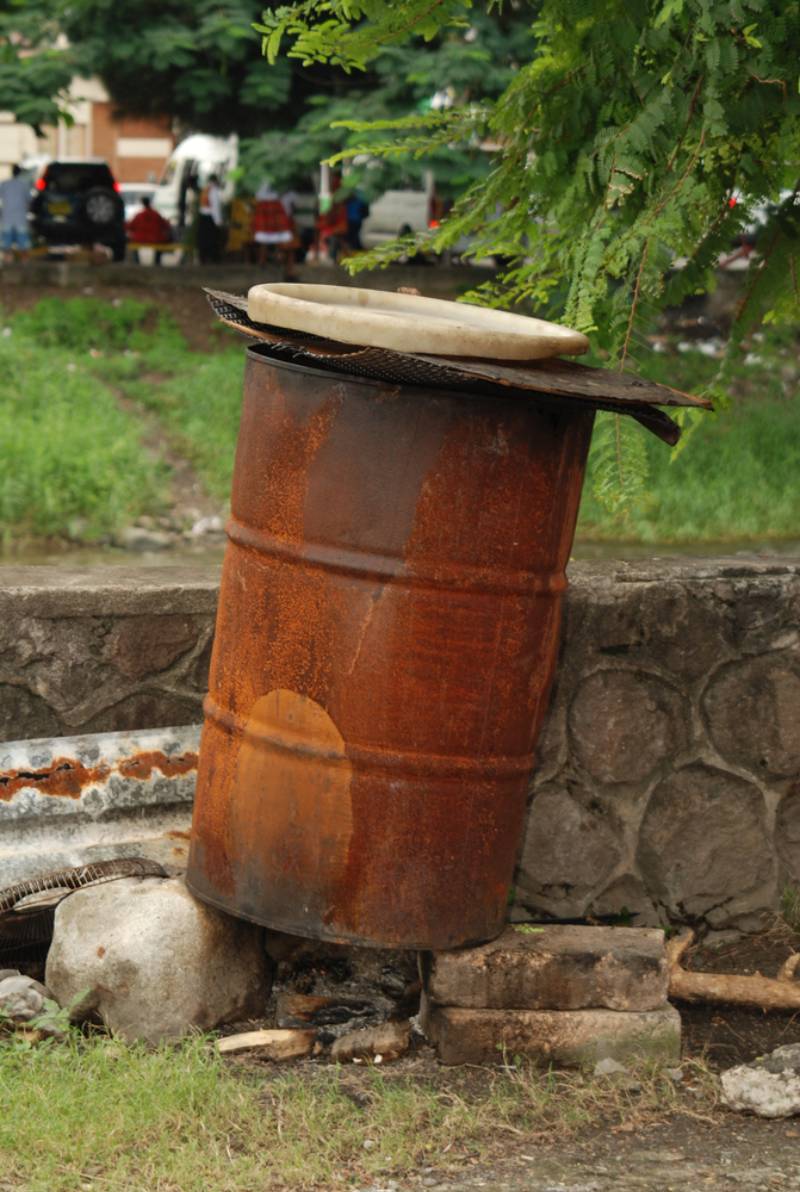
With the use of 2 metal drums, a sheet of metal, and fire, you can get distilled water for drinking.
Place a fire at the bottom of the drum with bad water then arrange the metal sheet in a curve-like manner at an angle where it will drip steam into the catch drum.
RELATED: How To Survive Without Running Water
14. Bleach Your Way out of It
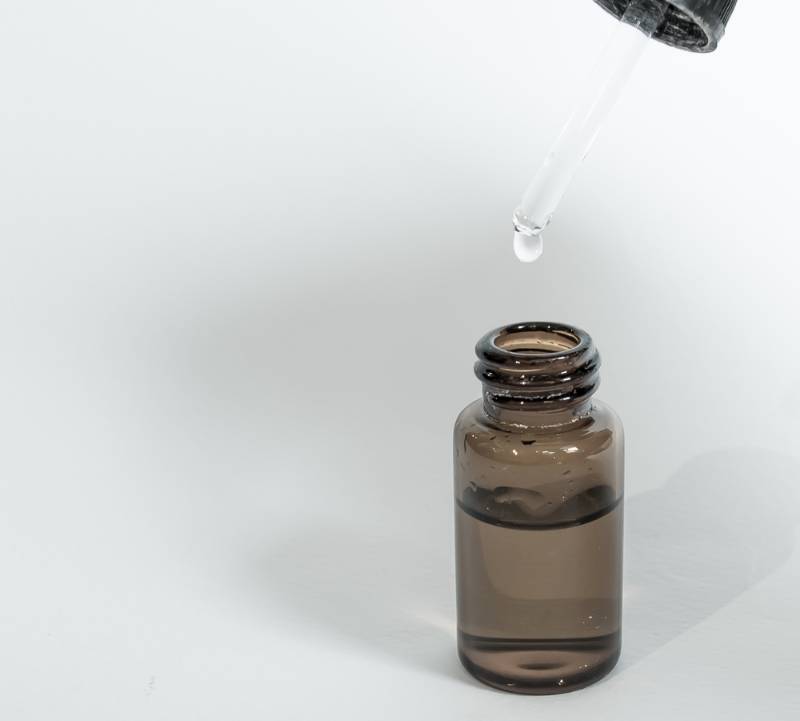
You can disinfect a gallon of water with just 16 drops of chlorine bleach or a quarter with just 4 drops. This does not substitute the boiling method though.
Don’t forget to filter the water from sediments and debris.
15. Through Hydrogen Peroxide Purification
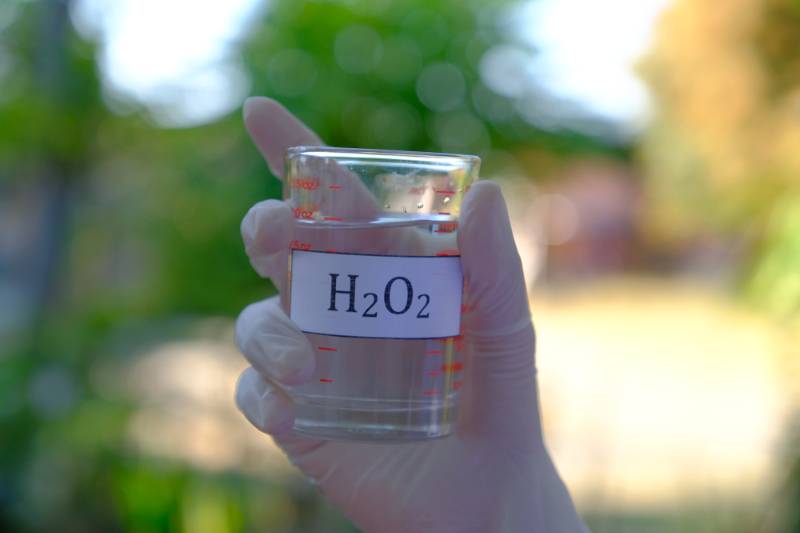
Hydrogen Peroxide has the capacity to purify water like chlorine and bleach. You will have to treat the water with twice the amount of chlorine or bleach.
What is Hydrogen Peroxide? A colorless liquid and a highly reactive chemical that contains hydrogen and oxygen.
Shake or stir then let it sit for half an hour. There should be a slight peroxide odor after that.
Otherwise, it may not have done a significant purification effect.
16. Iodine Tablets
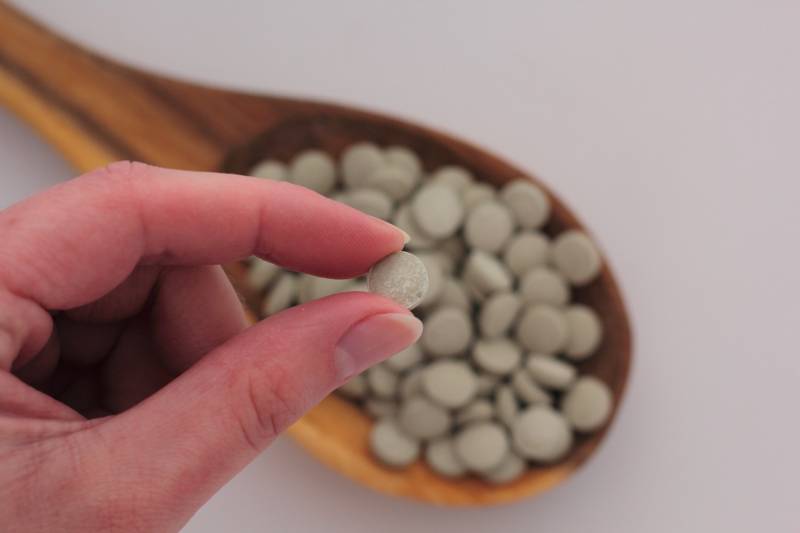
Filtering the water from sediments is still needed since all these little wonders can do is purify your water.
A small iodine tablet can purify up to a liter of water. Drop it in, give it a little shake and let it stand for 30 minutes before drinking.
17. Potassium Permanganate Purification
KMNO4 or more commonly called Condy’s crystals is a water softener sold in pill or powder form. 1g or 3 to 4 crystals can purify a liter of water.
18. Combo System
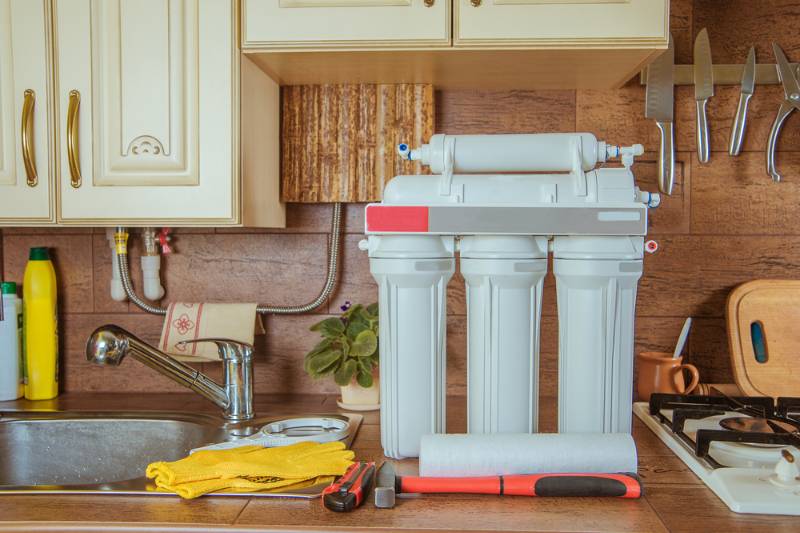
A combination of all the basic ways to get clean water would ensure it is indeed safe to drink.
Filtering, distilling, chlorinating/disinfecting water from different water sources will give you peace of mind that you’re drinking safe water.
19. Hydration Backpack System
You can fill a Geigerrig pack with water taken from lakes, rivers, creeks, and streams to collect water before attaching the filter.
You’ll be drinking clean H2O even on the go in no time.
20. The Berkey Light Purification Device
This lightweight and shatter-resistant purifier needs no electricity and is capable of filtering 4 to 8 gallons of the murkiest water.
Getting clean water has never been this safe because it’s more than “just another water filter…”
21. LifeStraw
This little compact tool is called the Lifestraw and it weighs only about 2 oz.
It is an instant water filtering device that lets you sip directly from a water source and filters unwanted impurities.
22. SteriPEN It
This revolutionary handheld water purifier is tested and certified by the WQA against US EPA Microbiological Water Purifier Standard.
It uses UV light to make your water safe to drink. You will have to filter the water from dirt and debris though as it just sterilizes your water.
23. Sweetwater Purifier System
With an easy-to-use lever-action pump handle, it can provide 1L of drinkable water per minute. This system weighs only 14 oz. and can be easily stored and pack in your bag.
24. Katadyn Water Filtration System
This mini filter can produce one to two quarts per minute with its hollow fiber water filtering technology.
Depending on the quality of the water source the cartridge can give up to 500 gallons of water.
25. DIY Water Storage
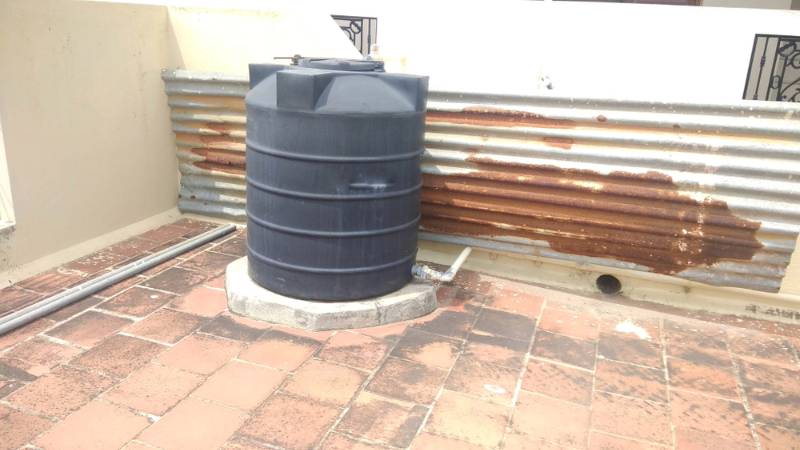
Preparation for the long term is also a must. Carefully clean containers to be used for water storage, sanitize and label according to the date filled, store in a cool dark place and then rotate the container every six months to a year.
Here’s a video by NightHawkInLight about an improvised distillation that turns salt water into fresh drinkable water:
There are a lot of other ways to get clean drinking water in the event of an emergency. The methods, as well as the tools and equipment we shared here, are but a few of these ways.
Making sure of the unsure should the situation call for it is the most basic survival tool any survivalist must utilize. You are sure to survive longer or even get through an emergency situation if you master the basic techniques above.
Note: There is a poll embedded within this post, please visit the site to participate in this post’s poll.
Which of these ways to get clean drinking water have you tried yourself? Tell us about your experience in the comments section below!
Up Next:
- Wilderness Survival Skills | 7 Unique Ways To Find Water In The Wild
- Do Chemical Water Purification Methods Really Work?
- The Easiest Water Purification Method For Clean, Drinkable Water
Calling all preppers, craftsmen, bushmasters, outdoorsmen, and all-around skilled people, Survival Life needs YOU! Click here if you want to write for us.
Don’t forget to stay connected with us on Facebook, Twitter, Pinterest, and Instagram!
*Disclaimer: The contents of this article are for informational purposes only. Please read our full disclaimer.*
Editor’s Note: This post was originally published on February 10, 2018, and has been updated for quality and relevancy.


